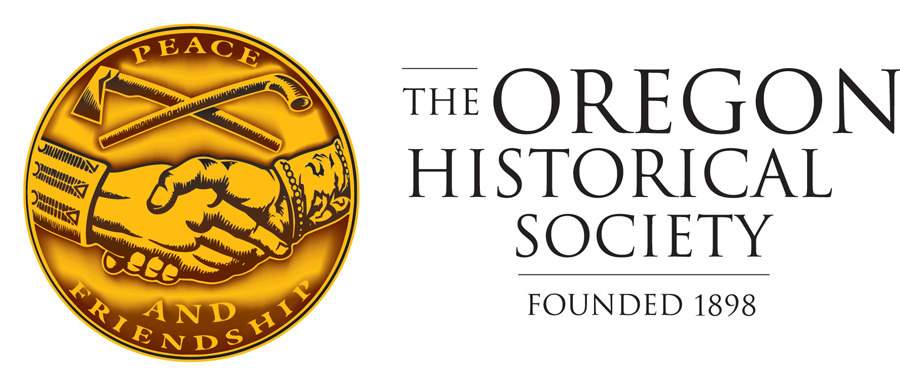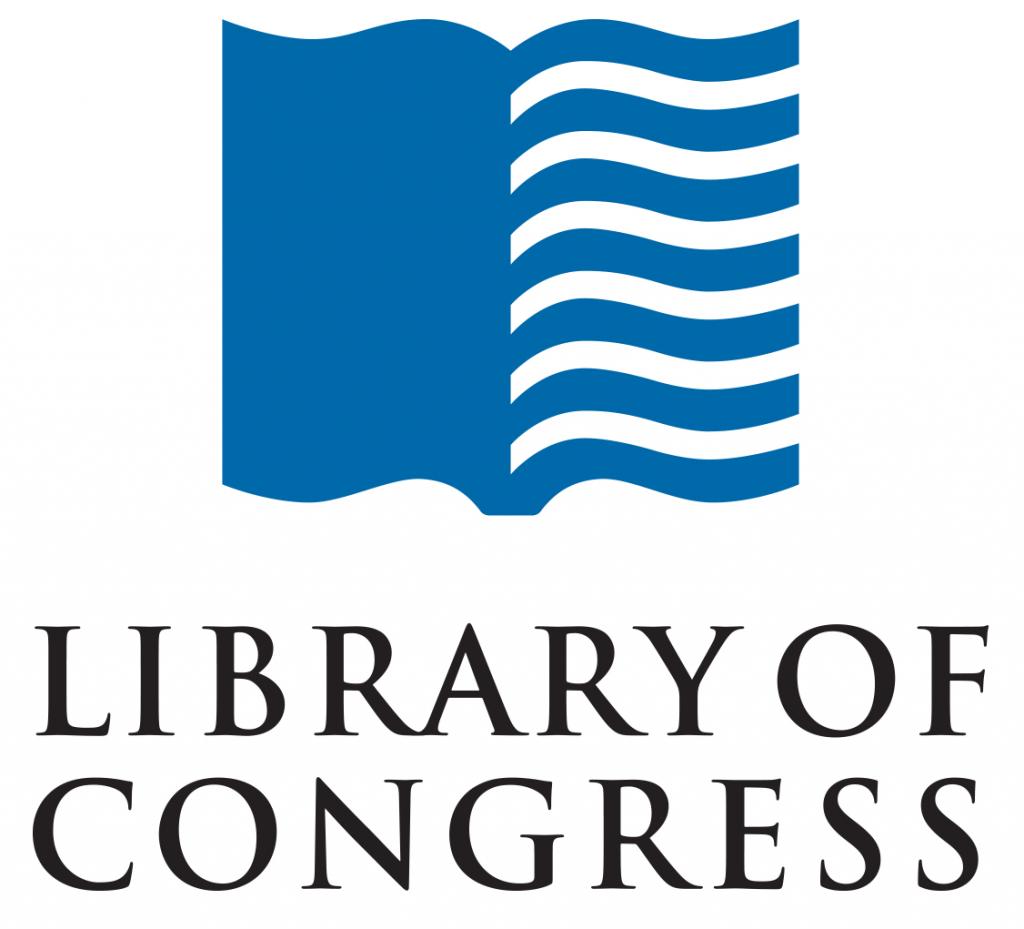History Repeating: Lincoln and Kennedy Assassinations
Introduction
Through the analysis of primary documents, students will compare and contrast the assassinations of Lincoln and Kennedy by composing a well-researched essay.Guiding Questions
- How are events in different periods of history related?
- What comparisons can be drawn between Lincoln's assassination and JFK's assassination?
- How does the country respond to presidential assassination?
- How can primary and secondary sources be used in a compare and contrast essay?
Objectives
- Make connections between and recall information about seemingly disparate historical events
- Draw conclusions based on the similarities that exist between the two assassinations
- Independently conduct research on primary source articles about the response of the nation to the assassinations of Abraham Lincoln and John F. Kennedy
- Draft an essay outlining the similarities and differences of the assassinations of Abraham Lincoln and John F. Kennedy
- Visually compare and contrast the two assassinations by placing key points on a chart
Standards
- English Language Arts Standards - Reading: Informational Text - Grade 5
- English Language Arts Standards - Reading: Informational Text - Grade 6
- English Language Arts Standards - Reading: Informational Text - Grade 7
- English Language Arts Standards - Reading: Informational Text - Grade 8
- English Language Arts Standards - Writing - Grades 6-8
- English Language Arts Standards - History/Social Studies - Grades 6-8
Procedure
- Students learn about the overwhelming similarities between President Lincoln’s and President Kennedy’s Assassinations
Lesson Activity Two: Reading About the Assassinations of Lincoln and Kennedy
- Students will learn more about the historical contexts of the Lincoln and Kennedy assassinations.
Lesson Activity Three: Primary Resource Analysis - "How did the country respond to the loss of the President?"
- Students browse primary source websites and begin compiling research for their essays.
Lesson Activity Four: Essay Drafting - "What were the similarities and the differences between the assassinations of Lincoln and Kennedy?"
- With their sources, students being to write an essay comparing and contrasting the assassinations of Lincoln and Kennedy.
Read More »
Materials
- Lincoln / Kennedy “True/False” quiz – Supplemental Handout #1 (.pdf)
- Compare and contrast graphic organizer for students to complete throughout the week – Supplemental handout #2 (.pdf)
- Web resources (for teachers to guide students to appropriate responses) – Supplemental handout #3 (.pdf)
- Writing Prompt - Compare and Contrast - Supplemental Handout #4 (.pdf)
External Resources
-
Grade Level
6 to 8
-
Timeframe
2 to 3 classes (45 min/period)
-
Class Subject
History
-
Skills
Analysis, Close Reading, Collaboration, Connections, Evaluate, Form Opinions, History, Primary Sources, Research
-
Teacher Information
Georgrette Hackman
Cocalico Middle School
5, 6, 7
Social Studies
Be the Curator
Introduction
By introducing students to the concepts of exhibit design, students will use Remembering Lincoln artifacts to create their own online exhibit.Note: While this lesson focuses on using the Remembering Lincoln artifacts, it could be easily adapted to use have students create their own exhibits using artifacts from Google Arts and Culture (https://www.google.com/culturalinstitute/beta/u/0/partner/fords-theatre) or Smithsonian Learning Lab (https://learninglab.si.edu/).
Guiding Questions
- How do curators create a museum exhibit?
- How elements make up a museum exhibit?
- How do curators tell a story through artifacts and images?
Objectives
- Identify the elements of a museum exhibit
- Create an online exhibit that tells a story and includes a takeaway message for the audience.
- Sort primary and secondary sources in order to identify which sources best help tell the story in the exhibition.
- Use images and text to create a cohesive tone for the exhibit.
Standards
Procedure
- Students review how exhibits are created.
Lesson Activity Two: Exhibit Planning
- Using an Exhibition Planning Guide, students plan their own exhibit.
Lesson Activity Three: Exhibit Production
- Students create their own exhibit using Remembering Lincoln artifacts.
Read More »
Materials
- Online Exhibit Scavenger Hunt (.pdf)
- Exhibit Planning Guide (.pdf)
- Writing Planning Guide (.pdf)
- Exhibit Rubric (.pdf)
External Resources
- Silent Witnesses: Artifacts of the Lincoln Assassination by Ford’s Theatre
- Game Changers by National Women’s History Museum
- Public Art: Made with Consent by graffitimundo
- Albert Einstein German, Swiss and American by the Einstein Archives
- Pinball in America by The Strong National Museum of Play
- Lincoln from Postmaster to President by Smithsonian’s National Postal Museum
- Google Arts and Culture: How To Make a Collection
- Smithsonian Learning Lab: Create Your Own Collections
- Kid Curators
- Google Arts and Culture Sources
-
Grade Level
9 to 12
-
Timeframe
2 to 3 classes (45 min/period)
-
Class Subject
History
-
Skills
Close Reading, Creating Visuals, Digital History, Explore Artifacts, History, Interpreting, Material Analysis, Primary Sources, Reading, Research
-
Teacher Information
Krista McKim
Montgomery County Public Schools
9, 10, 11, 12
History
from
Drum played at the funeral of Abraham Lincoln
-
Full Title
Drum played at the funeral of Abraham Lincoln
-
Description
Drum played at the funeral of Abraham Lincoln by W. H. Brooks, a resident of Portland, OR and Hillsboro, OR after 1908. Brooks enlisted in the Union army in 1861 when he was 14 years old and served in the 14th Iowa Regiment in a brigade the Confederates dubbed the "Hornets' Nest" because it so fiercely defended its position in a sunken road at Shiloh, Tennessee. In 1931, Brooks told an Oregonian reporter he had marched more than 800 miles before his discharge from the army. He recounted, "I was in the consolidated drum corps that played in the funeral procession of President Lincoln from the city to Oak Ridge cemetery in May 1865. I saw the president's casket placed in the vault."
-
Source
Oregon Historical Society
-
Rights
Use of this item for research, teaching, and private study is permitted with proper citation and attribution. Reproduction of this item for publication, broadcast, or commercial use requires written permission.
-
Tags
-
Cite this Item
William Henry Brooks, 14th Iowa Regiment. "Drum played at the funeral of Abraham Lincoln". Remembering Lincoln. Web. Accessed December 14, 2025. https://rememberinglincoln.fords.org/node/1041
from
Drum played at the funeral of Abraham Lincoln
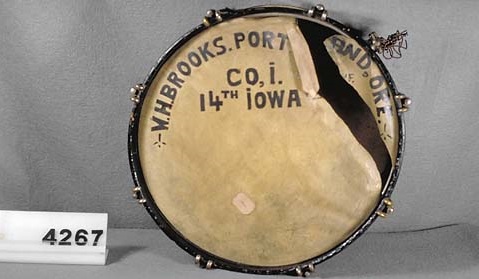
-
Description
Drum played at the funeral of Abraham Lincoln by W. H. Brooks, a resident of Portland, OR and Hillsboro, OR after 1908. Brooks enlisted in the Union army in 1861 when he was 14 years old and served in the 14th Iowa Regiment in a brigade the Confederates dubbed the "Hornets' Nest" because it so fiercely defended its position in a sunken road at Shiloh, Tennessee. In 1931, Brooks told an Oregonian reporter he had marched more than 800 miles before his discharge from the army. He recounted, "I was in the consolidated drum corps that played in the funeral procession of President Lincoln from the city to Oak Ridge cemetery in May 1865. I saw the president's casket placed in the vault."
-
Source
Oregon Historical Society
-
Rights
Use of this item for research, teaching, and private study is permitted with proper citation and attribution. Reproduction of this item for publication, broadcast, or commercial use requires written permission.
-
Creator
William Henry Brooks, 14th Iowa Regiment
-
Dimensions
diameter 16"; depth 9"
from Apr. 14, 1865
Silas H. Billings Diary
-
Full Title
Silas H. Billings Diary
-
Description
Silas H. Billings was a U.S. Army soldier from Lafayette, New York, wounded at the Battle of Winchester in September 1864. In April 1865 he was a patient at Saterlee Hospital in Philadelphia, Pennsylvania, when he learned that John Wilkes Booth had assassinated President Abraham Lincoln. Billings then received permission to attend Lincoln's funeral in Philadelphia. Like many people at the time, Billings recorded both newsworthy events, like Lincoln's assassination, and the details of his everyday life together. After the Civil War, Billings became a school teacher and part-time farmhand. His wounds led to his death in 1873, at the age of only 30.
-
Transcription
[inside cover]
Silas H. Billings
Wounded at
Winchester Va
Sept 19 1864
[Friday, April 14, 1865]
Abraham Lincoln
is Shot at Fords
Theatre at 9,30 p m and dies at 722 am
Wm H & Fred Seward are stabbed at or
about the same time
[Saturday, April 15, 1865]
my eye is very bad
[Wednesday, April 19, 1865]
Funeral of our Chief
Abraham Lincoln
President of the
U S of America
Recd a Visit from
C F Falch co. "D" 9 ny
Ward 2 Turners Lane
[Saturday, April, 22, 1865]
Recd a pass 2 pm to 9 pm
went downtown to Corner
of Broad & Prime Sts
Funeral Train of the
late President A Lincoln
arrives at 4,30 pm
Procession is formed in
Broad & goes down to
Walnut up to 21st
down to Vine down to
2nd up to Chesnut to
Independence Hall on
Chesnut between 5th & 6th
-
Source
Marjorie Billings Martinez, great-granddaughter of Silas H. Billings
-
Rights
This item may be reproduced and used for any purpose, including research, teaching, private study, publication, broadcast or commercial use, with proper citation and attribution.
-
Tags
-
Cite this Item
Silas H. Billings. "Silas H. Billings Diary". Remembering Lincoln. Web. Accessed December 14, 2025. https://rememberinglincoln.fords.org/node/1040
-
Creator
Silas H. Billings
-
Date
April 14, 1865
from Apr. 14, 1865
Silas H. Billings Diary
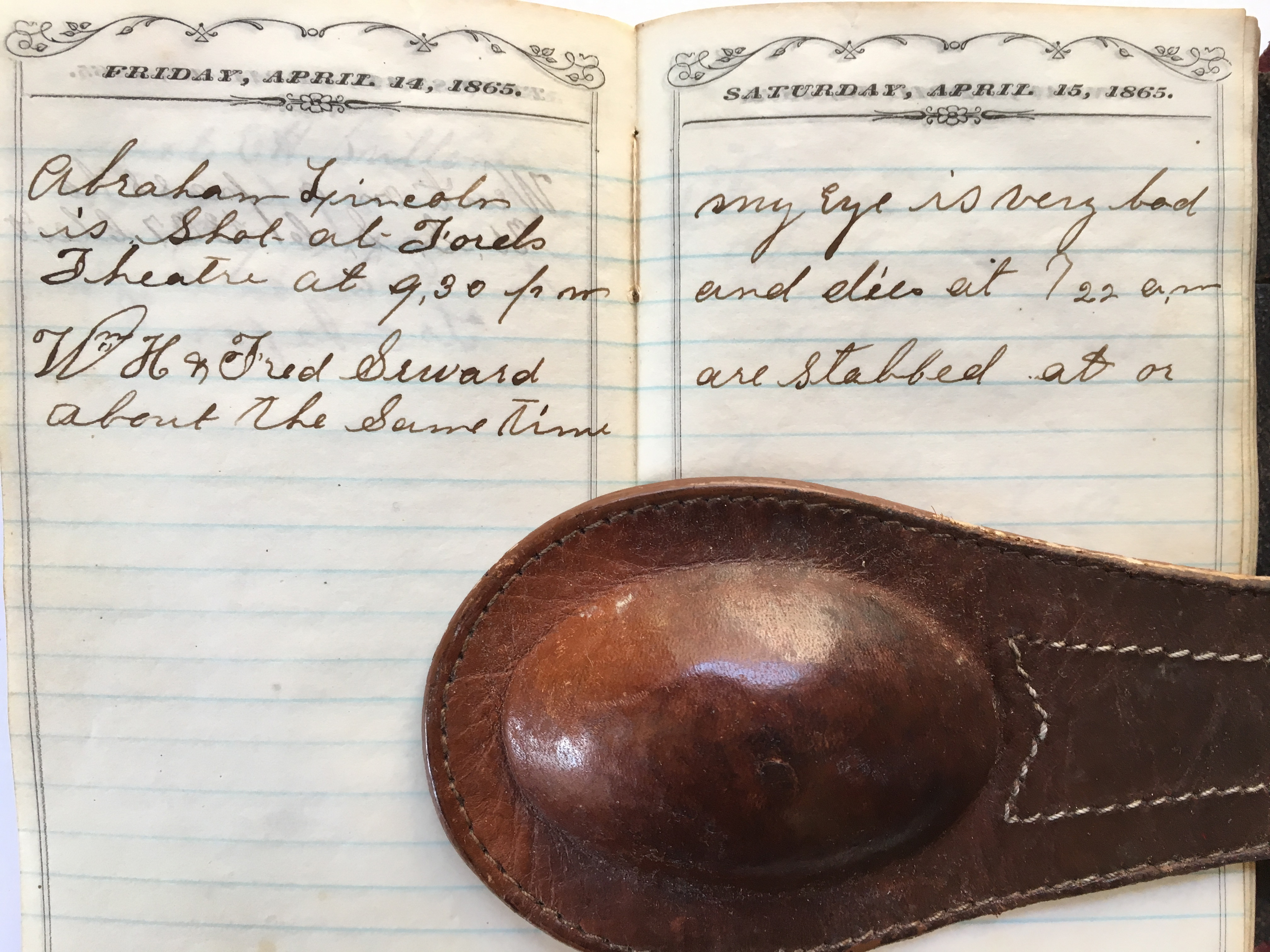
-
Description
Silas H. Billings was a U.S. Army soldier from Lafayette, New York, wounded at the Battle of Winchester in September 1864. In April 1865 he was a patient at Saterlee Hospital in Philadelphia, Pennsylvania, when he learned that John Wilkes Booth had assassinated President Abraham Lincoln. Billings then received permission to attend Lincoln's funeral in Philadelphia. Like many people at the time, Billings recorded both newsworthy events, like Lincoln's assassination, and the details of his everyday life together. After the Civil War, Billings became a school teacher and part-time farmhand. His wounds led to his death in 1873, at the age of only 30.
-
Source
Marjorie Billings Martinez, great-granddaughter of Silas H. Billings
-
Rights
This item may be reproduced and used for any purpose, including research, teaching, private study, publication, broadcast or commercial use, with proper citation and attribution.
-
Creator
Silas H. Billings
-
Date
April 14, 1865
Citizen Historian: Submitting Sources from Local Archives
Introduction
This Citizen Historian lesson teaches students to go into local archives to in order to find and analyze artifacts related to the Lincoln Assassination and share on the Remembering Lincoln website.Note: We recommend that the teacher has introduced primary sources to the students before conducting this lesson. Here are some recommended sources for teaching an introduction to primary and secondary sources:
- PBS’s History Detectives - http://www.pbs.org/opb/historydetectives/educators/lessonplan/primary-sources/
- Teaching History’s Primary and Secondary Sources through Video - http://teachinghistory.org/digital-classroom/ask-a-digital-historian/24664
- Library of Congress’s Using Primary Sources- http://www.loc.gov/teachers/usingprimarysources/
- National Archives’ Getting Started with Primary Sources in the Classroom - https://www.archives.gov/education/research/
Guiding Questions
- How did the different people in the United States and the world react to the assassination of Abraham Lincoln?
- How do you find primary sources related to a specific event in history?
- What is the purpose of archives and how do you use them?
Objectives
- Discover and analyze primary sources related to the Lincoln assassination
- Locate items in a local archive
- Summarize those sources
- Share the findings at large
Standards
Procedure
What the teacher needs to do to prepare for a visit to the Archives.
Lesson Activity One: Introduction to Remembering Lincoln
The teacher introduces students to citizen history projects and the Remembering Lincoln website.
Lesson Activity Two: Archives
Students visit the Archives in order to find an artifact to submit to the Remembering Lincoln website.
Lesson Activity Three: Primary Source Analysis and Submission
After analyzing their artifact, students submit it to the Remembering Lincoln site.
Lesson Activity Four: Summary of Learning
Using ABC Summarize, students share what they learned from visiting the Archives and researching Abraham Lincoln. Read More »
Materials
- Archive Items Worksheet (.pdf)
- Archive Notes Worksheet (.pdf)
-
Grade Level
9 to 12
-
Timeframe
2 to 3 classes (45 min/period)
-
Class Subject
History
-
Skills
Research, Primary Sources, Interpreting
-
Teacher Information
Krista McKim
Montgomery County Public Schools, MarylandRockville High School, Rockville, Maryland
11
English
Citizen Historian: Submitting Chronicling America Newspapers
Introduction
This Citizen Historian lesson teaches students to search on the Library of Congress’s Chronicling America website (http://chroniclingamerica.loc.gov/), a repository of newspapers, for primary sources showing how people responded to the Lincoln assassination. After they find sources, students will submit them to the Remembering Lincoln website.Note: We recommend that the teacher has introduced primary sources to the students before conducting this lesson. Here are some recommended sources for teaching an introduction to primary and secondary sources:
- PBS’s History Detectives - http://www.pbs.org/opb/historydetectives/educators/lessonplan/primary-sources/
- Teaching History’s Primary and Secondary Sources through Video - http://teachinghistory.org/digital-classroom/ask-a-digital-historian/24664
- Library of Congress’s Using Primary Sources- http://www.loc.gov/teachers/usingprimarysources/
- National Archives’ Getting Started with Primary Sources in the Classroom - https://www.archives.gov/education/research/
Guiding Questions
- How did the different people in the United States and the world react to the assassination of Abraham Lincoln?
- How do you find primary sources related to a specific event in history?
Objectives
- Discover and analyze primary sources related to the Lincoln assassination
- Summarize those sources
- Share these findings at large
Standards
Procedure
Students are introduced to citizen history projects and the Remembering Lincoln website.
Lesson Activity Two: Research and Submission
Students use Chronicling America to find and submit articles related to Lincoln’s death.
Lesson Activity Three: Summary of Learning
Students use corporative graphing to identify connections between their sources. Read More »
Materials
- Submission Guidelines (.pdf)
External Resources
-
Grade Level
9 to 12
-
Timeframe
2 to 3 classes (45 min/period)
-
Class Subject
History
-
Skills
digital history, interpreting, primary sources, reporting/journalism, research, research structures
-
Teacher Information
Krista McKim
Rockville High School, Rockville, Maryland
11
English
Citizen Historian: Transcription of Remembering Lincoln Sources
Introduction
This Citizen Historian lesson teaches students to look at primary sources and transcribe a source to make it searchable for all students and researchers. The transcription will become part of the Remembering Lincoln database, and students will receive credit for transcription on the site.Note: We recommend that the teacher has introduced primary sources to the students before conducting this lesson. Here are some recommended sources for teaching an introduction to primary and secondary sources:
- PBS’s History Detectives - http://www.pbs.org/opb/historydetectives/educators/lessonplan/primary-sources/
- Teaching History’s Primary and Secondary Sources through Video - http://teachinghistory.org/digital-classroom/ask-a-digital-historian/24664
- Library of Congress’s Using Primary Sources- http://www.loc.gov/teachers/usingprimarysources/
- National Archives’ Getting Started with Primary Sources in the Classroom - https://www.archives.gov/education/research/
Guiding Questions
- How did the world react to the assassination of Abraham Lincoln?
- What guidelines do historians use to transcribe resources?
- Why do researchers find transcribed primary sources useful?
Objectives
- Transcribe primary sources related to the Lincoln assassination
- Discuss what criteria historians might use to decide what to transcribe
- Describe why transcription is useful
Standards
Procedure
The teacher introduces students to citizen history projects and the Remembering Lincoln website.
Lesson Activity Two: Transcription
Students find, transcribe, review, and submit a resource from the Remembering Lincoln website.
Lesson Activity Three: Summary of Learning
Using an Agreement Circle, students compare their Remembering Lincoln resources. Read More »
Materials
- Transcription Guidelines (.pdf)
- Cursive Letter Reference Guide (.pdf)
External Resources
-
Grade Level
9 to 12
-
Timeframe
2 to 3 classes (45 min/period)
-
Class Subject
History
-
Skills
analysis, connections, history, primary sources, team work
-
Teacher Information
Krista McKim
Rockville High School, Rockville, Maryland
11
English
from May. 1, 1865
The President's grave
-
Full Title
The President's grave
-
Description
Work for vocal quartet and piano associated with the Union side. Part of the Library of Congress Civil War Sheet Music Collection.
-
Transcription
Verse 1
Be silent! there cometh on spirit wings sped,
The wail of a nation in grief for the dead;
The strong and the mighty, from glory and light,
Hath waned in his brightness and left us in night;
The proud eagle banners all droopingly wave,
And the wild wings are hushed round the President's grave.
And the wild winds are hushed round the President's grave.
Verse 2
A deep brooding sorrow comes over the heart
A moan like the tempest, when summers depart,
A gushing of anguish, unbroken and still,
As tolleth the requiem o'er valley and hill;
The sun that rose bright o'er the free and the brave
Now is setting in gloom o'er the President's grave.
Now is setting in gloom o'er the President's grave.
Verse 3
Be silent! our father hath laid him to rest,
A hero of battles hath yielded his crest,
A statesman hath fallen, his counsels are o'er,
His firmness and wisdom shall guide us no more:
Let cannon boom forth and the banners all wave,
While we mingle our tears o'er the President's grave.
While we mingle our tears o'er the President's grave.
-
Source
-
Rights
Public Domain. Suggested credit line: Civil War Sheet Music Collection, Library of Congress, Music Division.
-
Tags
-
Cite this Item
Miller, L. B. (composer); Babbitt, Edwin S. (lyricist). "The President's grave". Chicago: Root & Cady, 1865. Remembering Lincoln. Web. Accessed December 14, 2025. https://rememberinglincoln.fords.org/node/1035
from May. 1, 1865
The President's grave
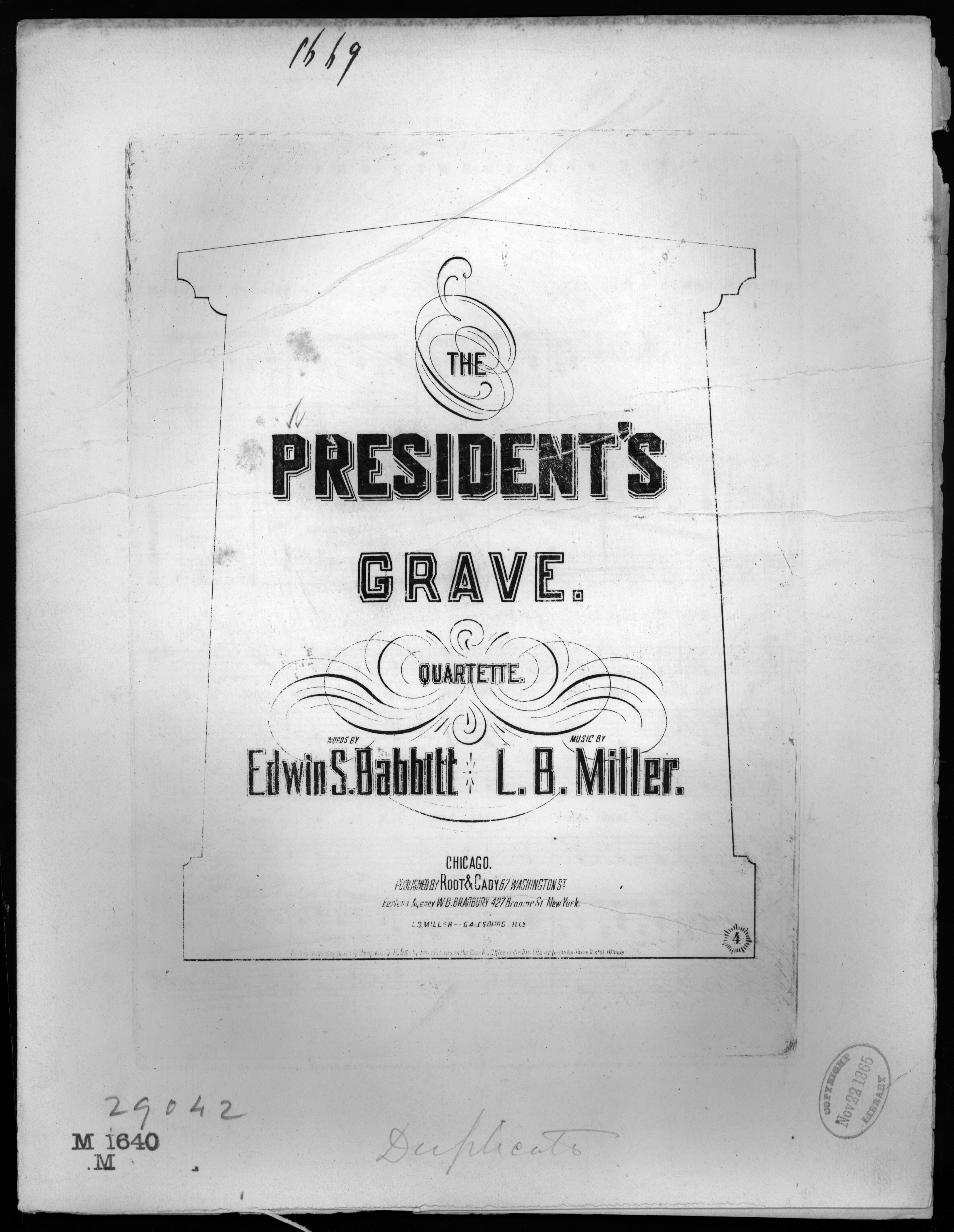
-
Description
Work for vocal quartet and piano associated with the Union side. Part of the Library of Congress Civil War Sheet Music Collection.
-
Source
-
Rights
Public Domain. Suggested credit line: Civil War Sheet Music Collection, Library of Congress, Music Division.
-
Creator
Miller, L. B. (composer); Babbitt, Edwin S. (lyricist)
-
Publisher
Chicago: Root & Cady, 1865
-
Date
May 1, 1865
-
Material
Sheet Music
from May. 1, 1865
Lincoln's grave
-
Full Title
Lincoln's grave
-
Description
Song for high voice and piano that comments describes President Lincoln as a "martyr of freedom." Sheet music from the Alfred Whital Stern Collection of Lincolniana, Library of Congress Rare Book and Special Collections Division. Associated with the Union side.
-
Transcription
Verse 1
Far out on the plains of the beautiful west,
Whose glory and wonder Columbia adorn,
The martyr of freedom in triumph shall rest,
To bless all the living and all yet unborn;
The hand that hath slain him, how vile, O how vile!
To mar that fair visage so kind and so true!
No more shall assail him whose heart knew no guile,
But wither and perish a doom justly due.
But wither and perish a doom justly due.
Verse 2
O shade of the blessed, a nation in tears,
In sorrow and sadness its loss must deplore,
The God who hath led thee will quell all our fears,
His goodness that gave thee we still will adore;
Sweet peace, gentle sleeper, thy spirit attend,
While men, yes while angels thy praises shall sing,
Against thy blest mem'ry O who dare offend!
And not to its altar his best off'rings bring.
Verse 3
O spirit undying for death none the less,
But like Him who died that the earth might rejoice,
Thou risest victorious the nations to bless;
The bondman's delivrer, America's choice,
The hand that hath slain thee, how vile, O how vile!
To mar thy fair visage, so kind and so true,
No more shall assail thee whose heart knew no guile,
But wither and perish a doom justly due. -
Source
Sheet Music from the Alfred Whital Stern Collection of Lincolniana
-
Rights
Public Domain. Suggested credit line: Alfred Whital Stern Collection of Lincolniana, Library of Congress, Rare Book and Special Collections Division.
-
Tags
-
Cite this Item
Gougler, Isaiah W. (composer & lyricist). "Lincoln's grave". New York: Wm. A. Pond & Co., ca. 1865. Remembering Lincoln. Web. Accessed December 14, 2025. https://rememberinglincoln.fords.org/node/1034
from May. 1, 1865
Lincoln's grave
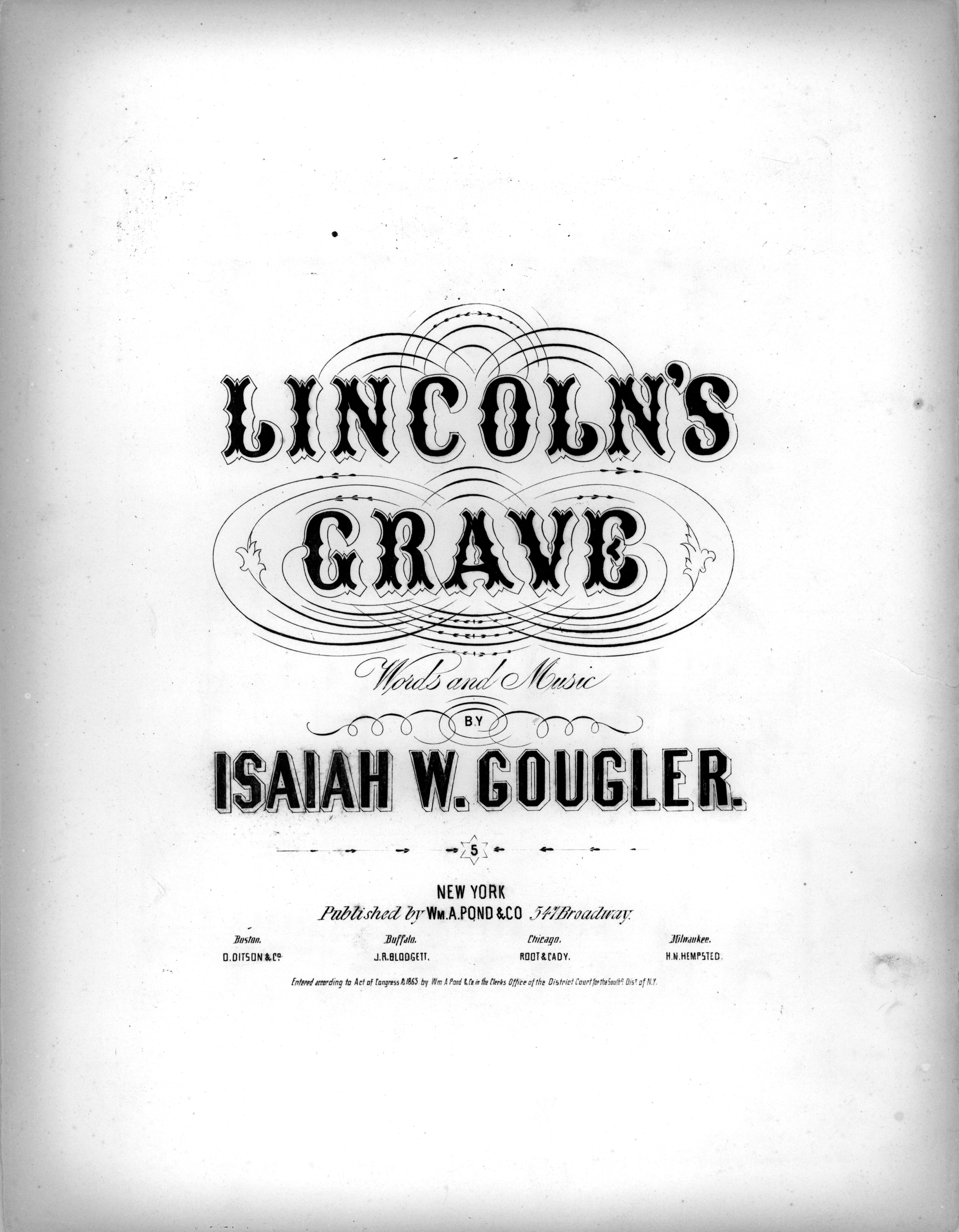
-
Description
Song for high voice and piano that comments describes President Lincoln as a "martyr of freedom." Sheet music from the Alfred Whital Stern Collection of Lincolniana, Library of Congress Rare Book and Special Collections Division. Associated with the Union side.
-
Source
Sheet Music from the Alfred Whital Stern Collection of Lincolniana
-
Rights
Public Domain. Suggested credit line: Alfred Whital Stern Collection of Lincolniana, Library of Congress, Rare Book and Special Collections Division.
-
Creator
Gougler, Isaiah W. (composer & lyricist)
-
Publisher
New York: Wm. A. Pond & Co., ca. 1865
-
Date
May 1, 1865
-
Material
Sheet Music
from May. 1, 1865
Requiem march in honor of President Lincoln
-
Full Title
Requiem march in honor of President Lincoln
-
Description
This is sheet music for President Lincoln's funeral march for solo piano. The title on the cover page is "Requiem March In honor of President Lincoln," while the first page of music lists the title as "President Lincoln's funeral march." A requiem is traditionally in a minor key and imitates the solemn, slow pace of a funeral procession. This piece is part of the Library of Congress Civil War Sheet Music Collection, associated with the Union side. Probably a third of the entire U.S. population at the time, out of a total of 31 million, participated in some kind of memorial commemoration for Lincoln. Roughly 150,000 people were present at Lincoln's funeral in Springfield.
-
Source
-
Rights
Public Domain. Suggested credit line: Civil War Sheet Music Collection, Library of Congress, Music Division.
-
Tags
-
Cite this Item
Fiske, W. O.. "Requiem march in honor of President Lincoln". Boston: Oliver Ditson & Co., 1865. Remembering Lincoln. Web. Accessed December 14, 2025. https://rememberinglincoln.fords.org/node/1033
from May. 1, 1865
Requiem march in honor of President Lincoln
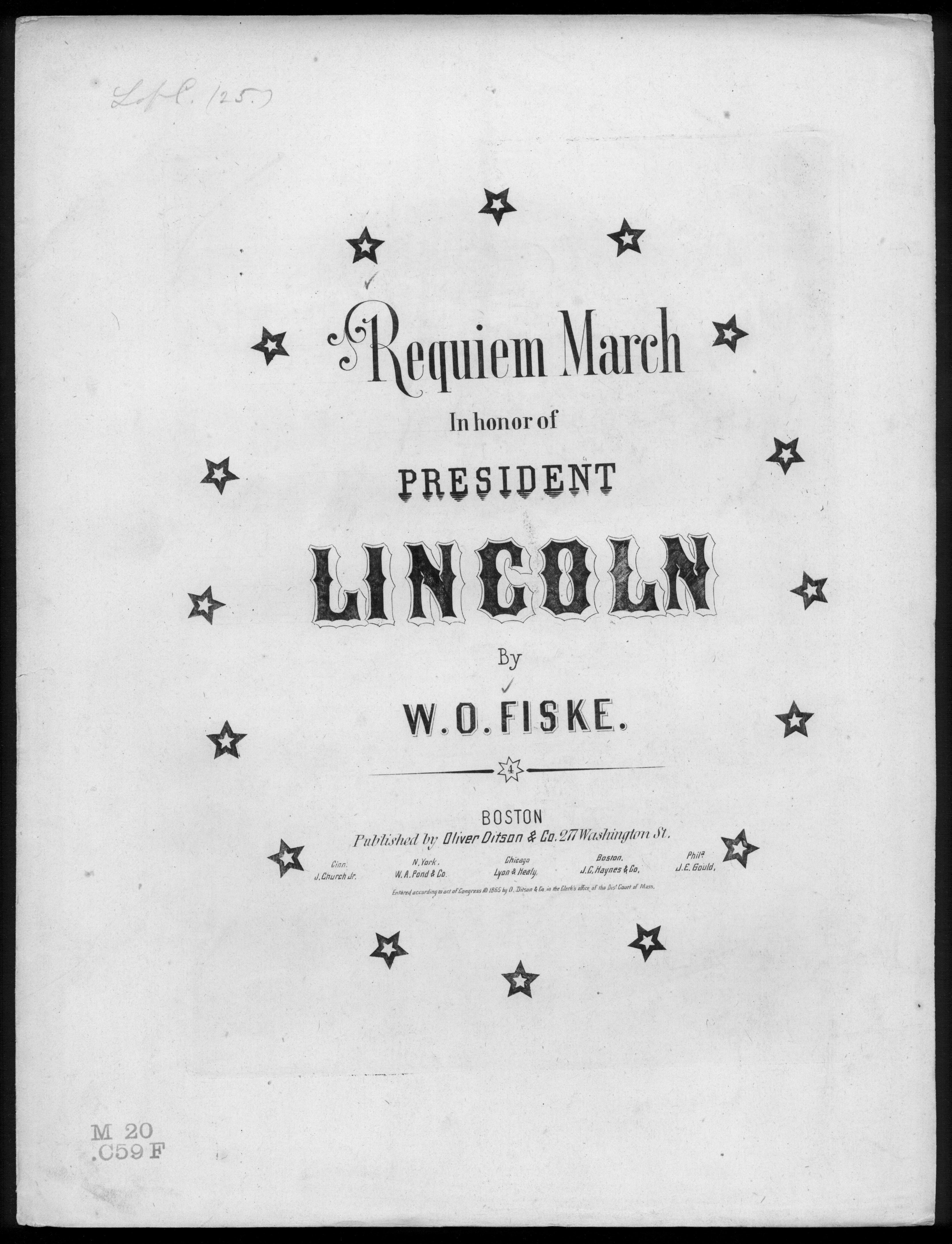
-
Description
This is sheet music for President Lincoln's funeral march for solo piano. The title on the cover page is "Requiem March In honor of President Lincoln," while the first page of music lists the title as "President Lincoln's funeral march." A requiem is traditionally in a minor key and imitates the solemn, slow pace of a funeral procession. This piece is part of the Library of Congress Civil War Sheet Music Collection, associated with the Union side. Probably a third of the entire U.S. population at the time, out of a total of 31 million, participated in some kind of memorial commemoration for Lincoln. Roughly 150,000 people were present at Lincoln's funeral in Springfield.
-
Source
-
Rights
Public Domain. Suggested credit line: Civil War Sheet Music Collection, Library of Congress, Music Division.
-
Creator
Fiske, W. O.
-
Publisher
Boston: Oliver Ditson & Co., 1865
-
Date
May 1, 1865
-
Material
Sheet Music
